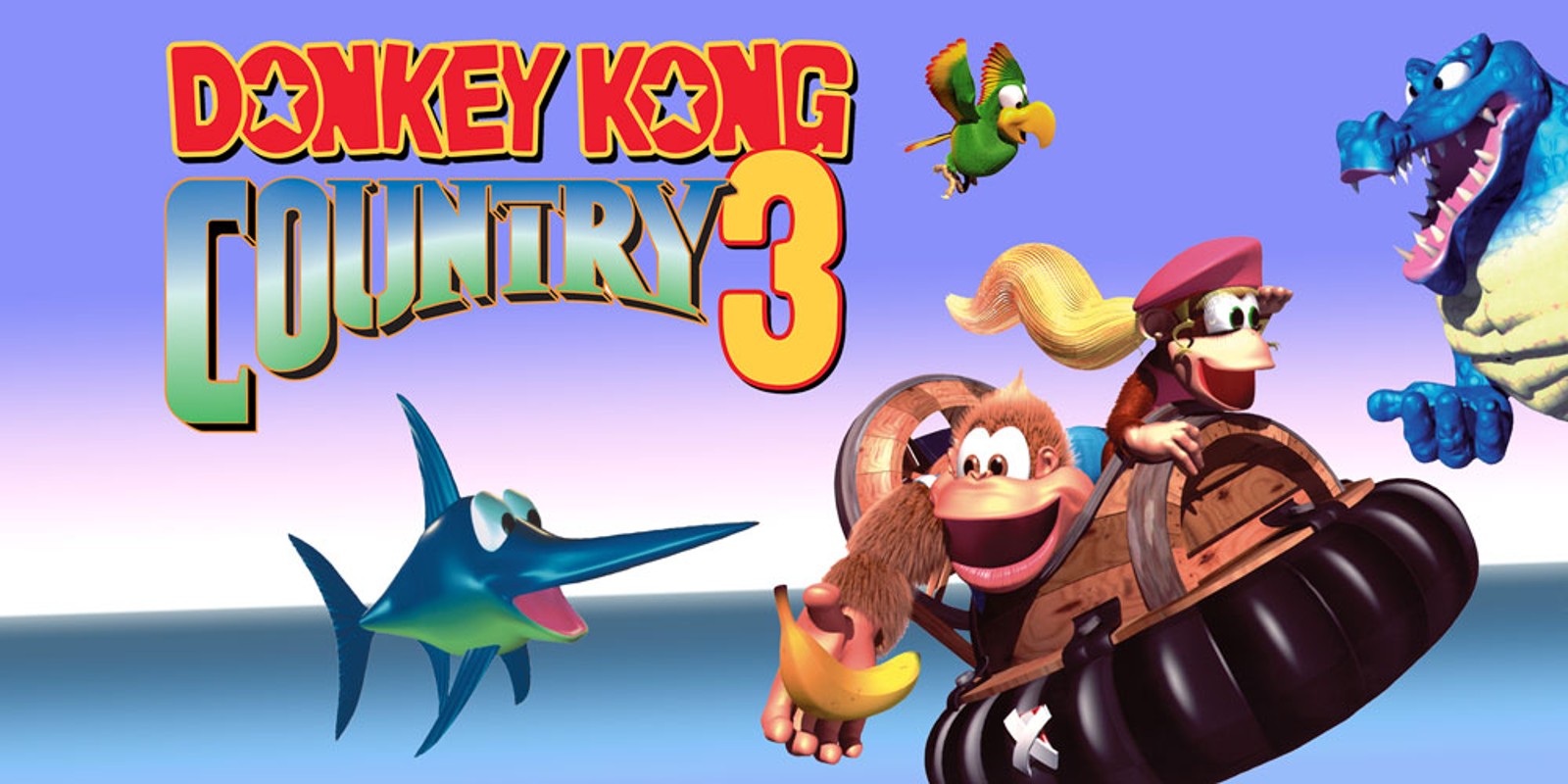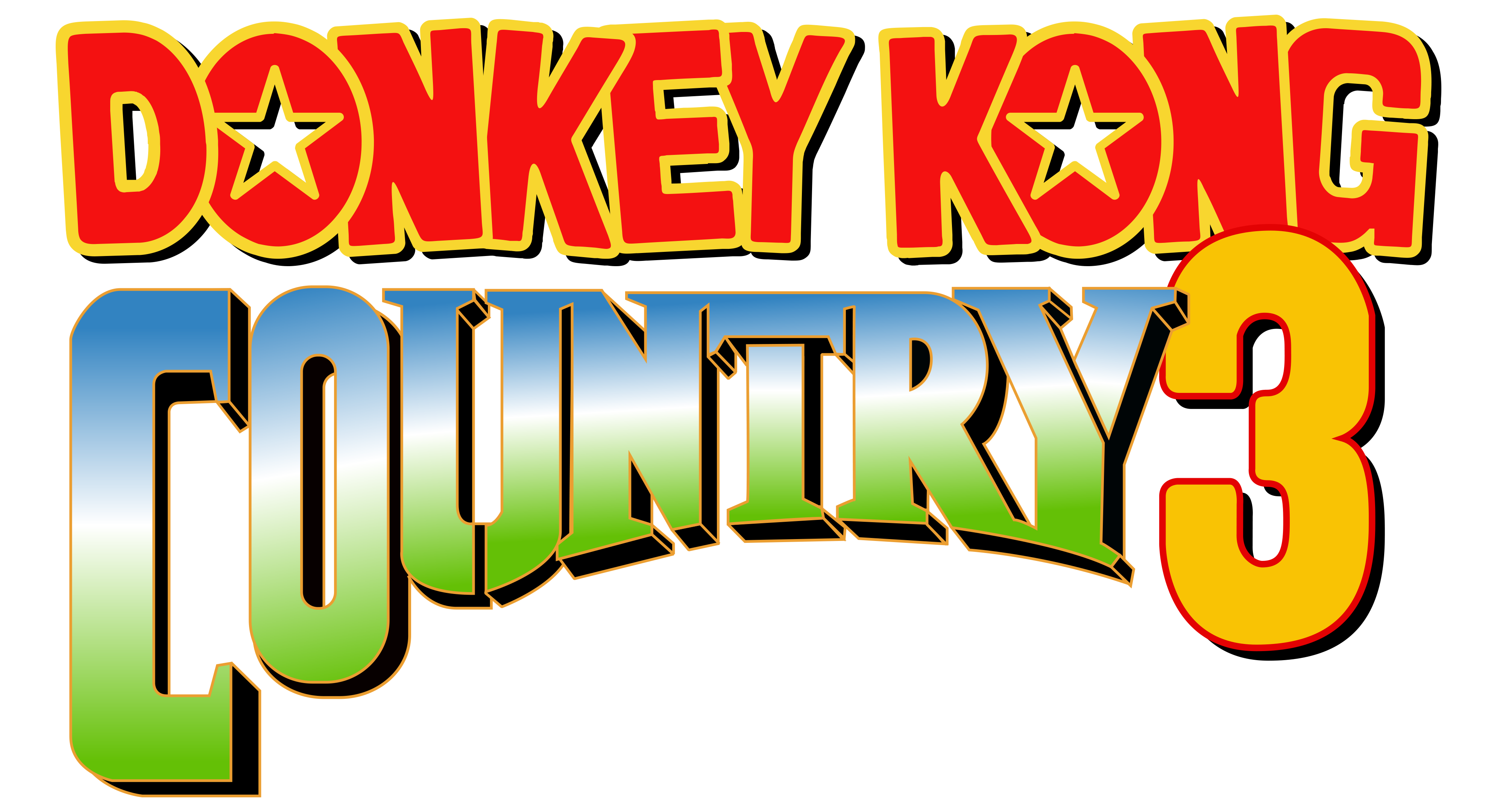

This is explained in more detail in the following section. If the Reset Vector was at the top of the stack, the test fails. The console already being in Native Mode and/or the Direct Page register containing a non-zero value fails the test, as these are evidence that another program (e.g., a backup unit menu) was running before the game had a chance to boot. However, if the tests pass, the hex string 0xF49272EE77A6E78A (translates to ASCII ⌠Ærεwªτè using the CP437 character set, appears to be a stylised "Rareware") is copied to $06A3 instead if this string is detected at startup, the anti-piracy checks are skipped and the game boots normally.Īlmost immediately after booting, the Emulation Flag and Direct Page register are examined. If these tests fail again on the second boot (using the string saved in SRAM to determine if it's the second try), then the anti-piracy message is shown. Ten seconds powered off is necessary for the contents of RAM to decay. To account for this, an error message will be displayed first:īehind the scenes, the hex string 0x2863292031393936 (translates to ASCII (c) 1996) is copied to both $06A3 and the beginning of SRAM (battery-backed memory used to hold the save game data). Note: The console's RAM is mostly random on boot and can result in a false positive for the Stack Test and RAM Tests.
#Donkey kong country 3 verification#
However, there's no evidence currently that the Checksum Verification and Reset Vector Verification routines exist in Donkey Kong Country 3.įailing any of the below tests will display the above unauthorized device message on bootup. Many of the same anti-piracy routines seen in the previous game (and also in Killer Instinct) are present. You can then select music and listen to it accordingly. Press L, R, R, L, R, R, L, R, L, R on the file select menu, then enter MUSIC as a code. While Swanky's sprite mostly covers up this detail in-game, the corner of the bunch can still be seen over his left shoulder. In Swanky's Sideshow, the barrel that Swanky Kong stands in has bananas sitting on the top of it. Present at 0x3779E9 in the ROM in all versions is most of Klubba's dialogue from Donkey Kong Country 2. (Source: Verneri Konotto) Klubba's Dialogue In addition to Bobbing Barrel Brawl swapping places with Lightning Lookout, Konveyor Rope Klash replaced Koindozer Klamber as the area's first level.

This change had been documented in Nintendo Power #90 when the game was still in development. Squeals on Wheels and Murky Mill swapped places.The level order appears to have been shuffled late in development, as the internal ID order does not match the final game's progression. This early sprite has straighter, stick-like fingers. Roolenstein being electrocuted exists in his set of compressed sprites (the final sprite is in the standard uncompressed set of sprites). The sprite was restored in the GBA version.Īn unused version of Baron K. Squawks' "hurt" sprite from Donkey Kong Country 2 is present here as well, although the sprite that replaced it isn't actually new: in any DKC2 level with Squawks or Quawks, grabbing onto the bird or being hurt by enemies causes the bird to briefly display this animation frame. In the final version, the entrance is always dark. In Donkey Kong Country 3, Kopters are always flying and there is no way to defeat them.Ī sprite which is meant to overlap the entrance to Arich's Ambush in the Kremwood Forest map. The defeated sprite was later used in Donkey Kong Land III.


Unused sprites of Kopter taking off, standing idle, and being defeated. In the final version, Kuchuka cannot be carried or defeated by any means. There is also a purple palette for the normal barrel sprites, which suggests that Kuchuka could be picked up and thrown at one point. All of his sprites are present, along with an alternate red palette for the normal TNT barrel sprites which would have been used if he was picked up and thrown. Kracka, the red version of Knocka in a TNT barrel exclusive to the GBA version, was actually created for the original game.


 0 kommentar(er)
0 kommentar(er)
